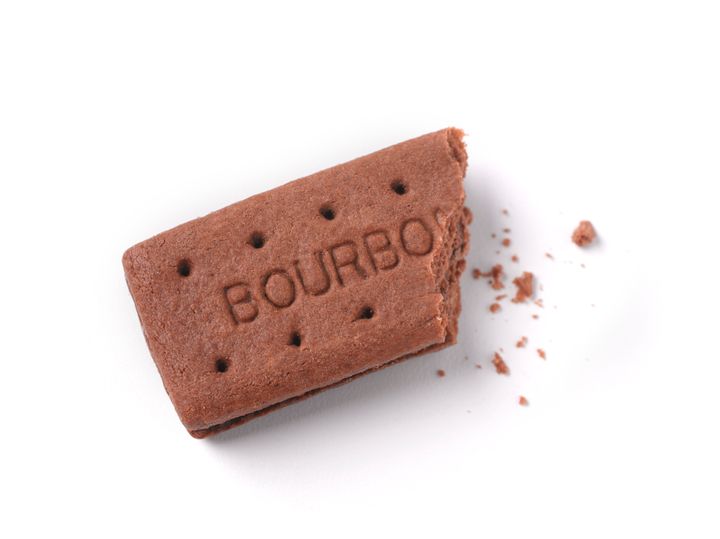
We’ve written before at HuffPost UK about why Hobnobs, Twix, and Quality Street are called what they are.
But what about Bourbons, the unofficial fourth-best biccies of the nation?
It turns out that the name wasn’t always what it is now ― and that the name it ended up with is associated with the whisky via a royal lineage.
The biscuit has a long history
The biscuit was invented in 1910 by Peek Frean & Co, the Bermondsey company behind the Garibaldi and Twiglets.
That makes Bourbon biscuits 114 years old ― 72 years older than ciabatta.
The biscuits originally went by Creola and stayed that way for the first 20 years of the brand’s life.
Their name was changed to one inspired by Bourbon l’Archambault’s former dukes, The House of Bourbon ― a family that grew in power and strength over centuries to become French and Spanish royalty.
How did that name become part of the whisky and bisc...ey worlds?
Bourbon became the name of a town in Kentucky, so named as a hat tip to Bourbon Louis XVI, who helped the Americans in their war of independence.
Bourbon Street is also the name of an area in New Orleans, inspired by the Bourbon Duke of Orleans, son of Louis XIV. Both areas have been accredited for inventing Bourbon whisky ― whichever one you think is true is undeniably French royalty-inspired.
But what about the biscuits?
Well, per the BBC, the adaptation was simple ― “Sometime in the 1930s a product manager at Peek Freans ― drawing no doubt on some vaguely remembered cultural reference ― decided that the name Bourbon sounded, ooh, I don’t know, a bit posher, a bit French, and a bit royal too.”
Anything else?
While I have you, the little holes in Bourbon biscuits are apparently strategic ― they help the biscuits to release steam as they bake, preventing cracking and splitting.
“If the holes weren’t there, steam would build up inside the biscuits. The biscuit would collapse back down and you wouldn’t have a controllable product,” Mark Greenwell, team manager at Carlisle’s pladis factory in Carlisle, shared on Channel 4’s Food Unwrapped.
The more you know, right?